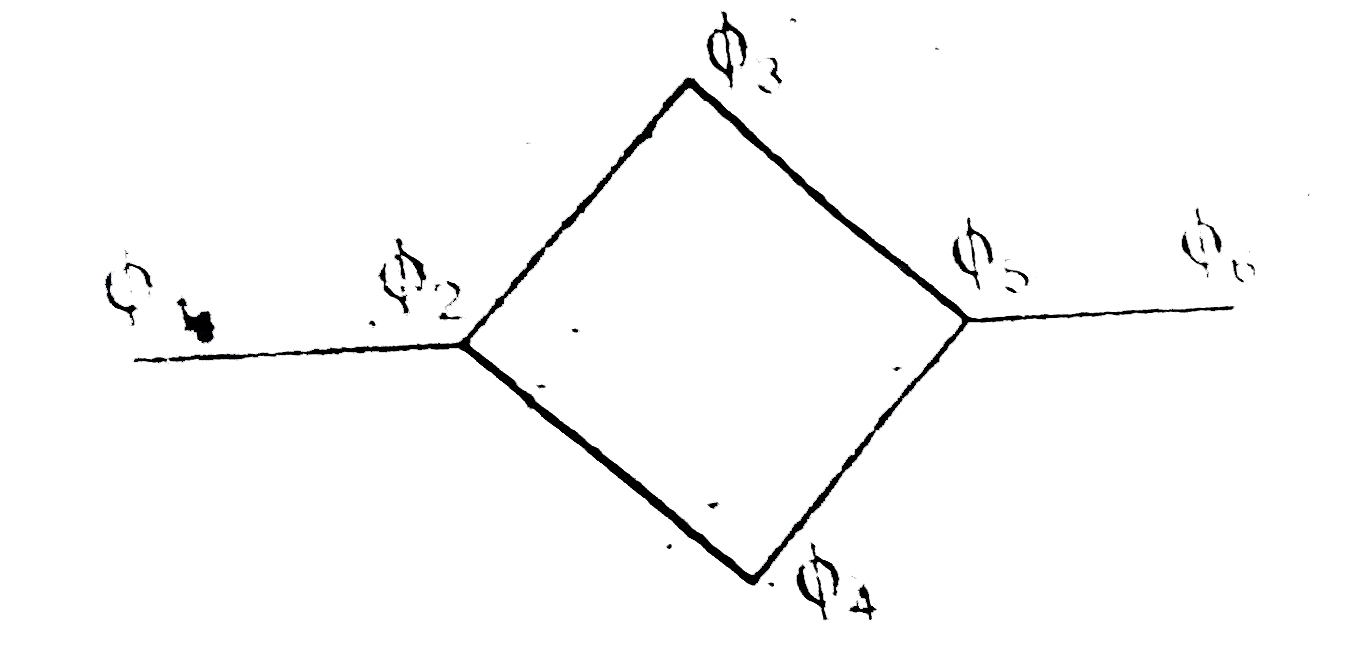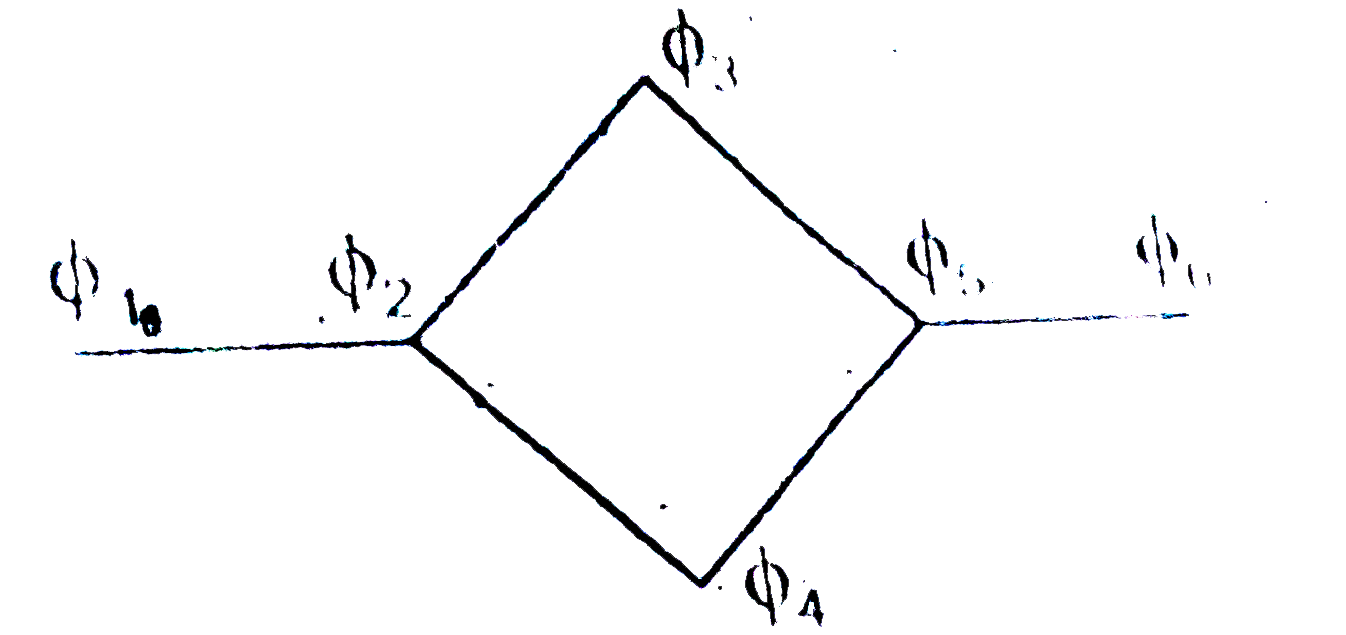Assertion : Heat is supplied at constant rate from one end of a conducting rod. In steady state, temperature of all points of the rod becomes uniform.
Reason : In steady state, temperature of rod does not increase.
If both Assertion and Reason are true and the Reason is correct explanation of the Assertion.
If both Assertion and Reason are true but Reason is not the correct explanation of Assertion.
If Assertion is true, but the Reason is false.
If Assertion is false but the Reason is true.
The correct Answer is:D
To solve the assertion and reason question, we will analyze both statements step by step.
Step 1: Understand the Assertion
The assertion states that when heat is supplied at a constant rate from one end of a conducting rod, the temperature of all points in the rod becomes uniform in steady state.
Explanation: In a conducting rod, when heat is supplied from one end, a temperature gradient is established along the length of the rod. However, in steady state, the rate of heat flow remains constant, meaning that the amount of heat entering any section of the rod is equal to the amount of heat leaving it. This results in a uniform temperature distribution throughout the rod.
Step 2: Understand the Reason
The reason states that in steady state, the temperature of the rod does not increase.
Explanation: In steady state, while the temperature gradient exists (i.e., the temperature varies from one end of the rod to the other), the overall temperature of the rod does not increase because the heat input is balanced by heat loss. The temperature at each point may remain constant over time, but it does not imply that all points have the same temperature.
Step 3: Analyze the Relationship Between Assertion and Reason
Now, we need to determine if the assertion is true and if the reason is true or false.
- Assertion: True. In steady state, the temperature of the rod can become uniform if heat is supplied at a constant rate.
- Reason: False. While the temperature does not increase over time in steady state, it does not mean that the temperature is uniform throughout the rod.
Conclusion
Based on the analysis:
- The assertion is true.
- The reason is false.
Thus, the correct answer is that the assertion is true, but the reason is false.
Final Answer
Assertion is true, Reason is false.
The assertion states that when heat is supplied at a constant rate from one end of a conducting rod, the temperature of all points in the rod becomes uniform in steady state.
The reason states that in steady state, the temperature of the rod does not increase.
Now, we need to determine if the assertion is true and if the reason is true or false.
- Reason: False. While the temperature does not increase over time in steady state, it does not mean that the temperature is uniform throughout the rod.
Based on the analysis:
- The assertion is true.
- The reason is false.
Assertion is true, Reason is false.
Topper's Solved these Questions
- BOOK - DC PANDEY ENGLISHCHAPTER - CALORIMETRY & HEAT TRANSFEREXERCISE - Level 1 Objective11videos
CALORIMETRY & HEAT TRANSFER
- BOOK - DC PANDEY ENGLISHCHAPTER - CALORIMETRY & HEAT TRANSFEREXERCISE - Level 1 Subjective13videos
CALORIMETRY & HEAT TRANSFER
- BOOK - DC PANDEY ENGLISHCHAPTER - CALORIMETRY & HEAT TRANSFEREXERCISE - Exercise 22.27videos
CALORIMETRY & HEAT TRANSFER
- BOOK - DC PANDEY ENGLISHCHAPTER - BASIC MATHEMATICSEXERCISE - Exercise13videos
BASIC MATHEMATICS
- BOOK - DC PANDEY ENGLISHCHAPTER - CALORIMETRY AND HEAT TRANSFEREXERCISE - Medical entrance s gallery38videos
CALORIMETRY AND HEAT TRANSFER
Similar Questions
One end of a metal rod is kept in a furnace. In steady state, the temperature of the rod
View SolutionOne end of a metal rod is kept in a furnace. In steady state, the temperature of the rod
View SolutionA rod is heated at one end as shown in figure. In steady state temperature of different sections becomes constant but not same. Why so?
 . View Solution
. View SolutionOn heating one end of a rod the temperature of the whole rod will be uniform when .
View SolutionOn heating one end of a rod the temperature of the whole rod will be uniform when .
View SolutionOne end of conducting rod is maintained at temperature 50∘C and at the other end ice is melting at 0∘C. The rate of melting of ice is doubled if:
View Solution"After the steady state, the temperature of a conductor does not rise, even though heat is supplied",. Why?
View SolutionSix identical conducting rods are connected as shown in figure. In steady state temperature of point ϕ1 is fixed at 100∘C and temperature of ϕ6 at −80∘C

Q. What is the temperature of ϕ3?View SolutionSix identical conducting rods are connected as shown in figure. In steady state temperature of point ϕ1 is fixed at 100∘C and temperature of ϕ6 at −80∘C

Q. What is the temperature of ϕ5?View SolutionSix identical conducting rods are connected as shown in figure. In steady state temperature of point ϕ1 is fixed at 100∘C and temperature of ϕ6 at −80∘C

Q. What is the temperature of ϕ2?View Solution

